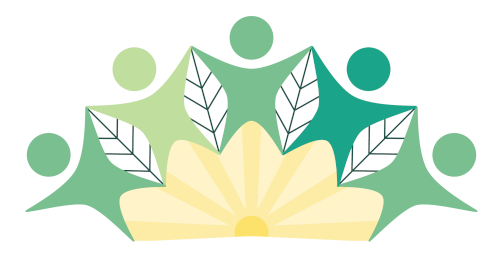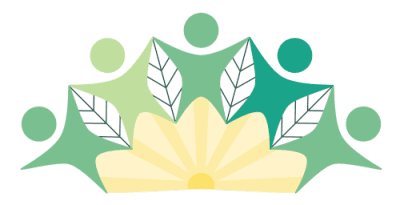Community gardens serve more than the health needs of the residents of the community. Take Mary, for example, who lives in an identified food desert which means that she lives in an urban area in which the poverty rate is at least 20% and it is difficult to buy affordable or good-quality fresh food. Her neighborhood is also identified as one with very high incidence of food related diseases such as diabetes, cardio-vascular disease, and obesity. While she lives in an area of single-family homes, her community is considered low income and there are several housing authority complexes in proximity.
“My daughter died of a health condition commonly considered to be a food-related illness, leaving two sons without their mother. Now I am raising these boys and participating in the Healthy 22nd Street garden. I am growing my own food, getting a lot of support from fellow gardeners, and engaging my grandsons in the activities of the garden. I attend the monthly educational programs requested by the gardeners. Through the education provided on health and nutrition I was able to get my son, who is diagnosed with diabetes, to start going to the doctor regularly and following directions. His health is improving and I feel a ton better as he is my only surviving child.”
Mary
Mary has been encouraged to take a leadership role, providing information to the other gardeners about her gardening successes. Not only has Mary and her family benefited from the work of the Healthy 22nd Street Garden, but she has made a significant contribution to the other gardeners. The benefits of participating in a community garden can last for a lifetime.


